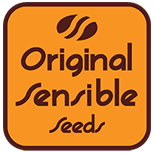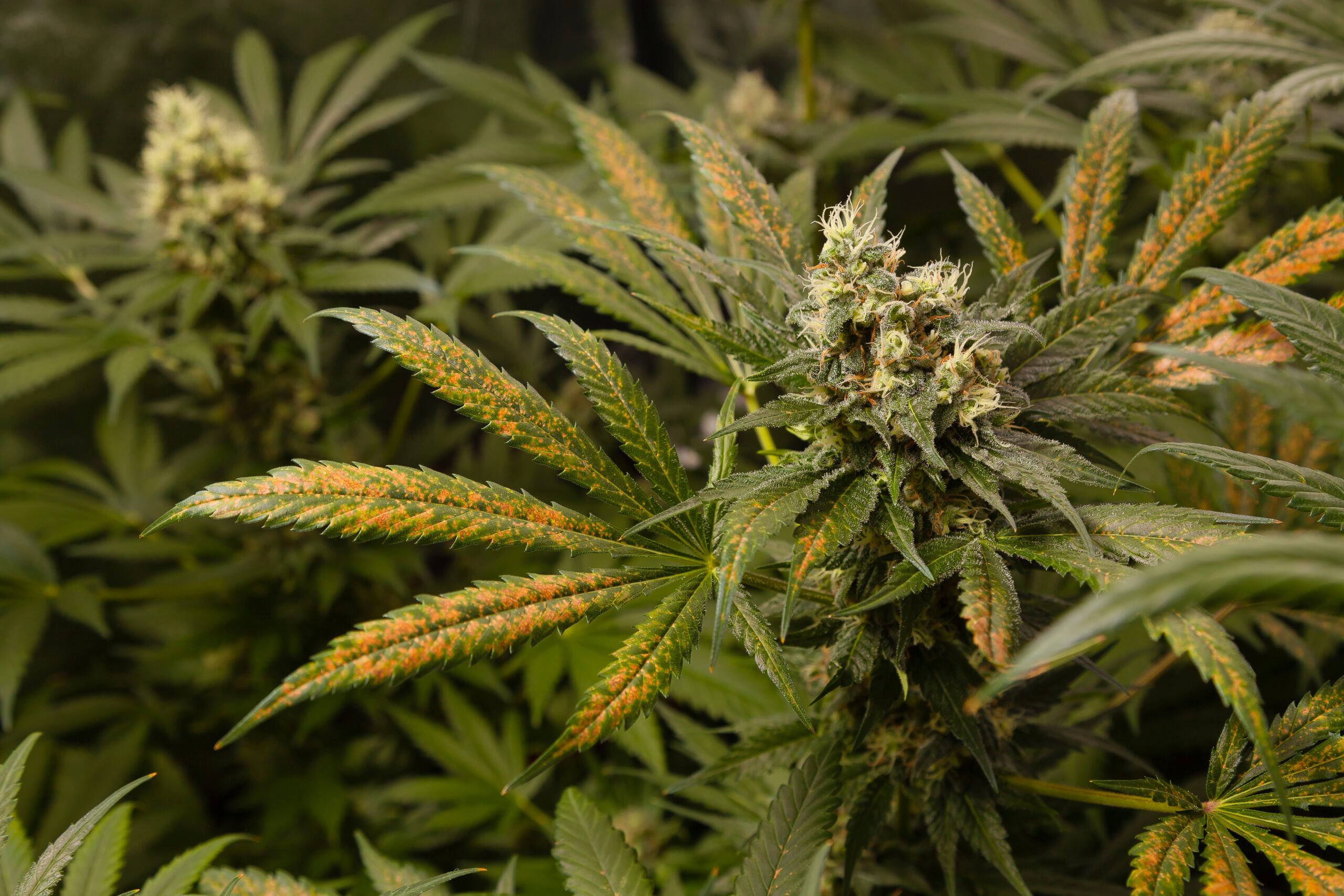
Your Plants Are Talking. Are You Listening?
Every grower wants to know what their plants need—but most overlook the fact that your leaves are already telling you everything.
From nutrient deficiencies to stress signals, cannabis leaves are like a visual language. Learn how to read them, and you’ll never be left guessing again.
Let’s break down how to read this living script—leaf by leaf.
Leaf Color: The Mood Ring of Your Plant
The first thing you’ll notice? Color. Here’s what different shades can mean:
| Leaf Color | Meaning |
|---|---|
| Vibrant Green | Perfect health. Keep doing what you’re doing! |
| Yellowing | Possible nitrogen deficiency or overwatering |
| Purple/red | Phosphorus deficiency (or genetic trait) |
| Dark green, clawed tips | Nitrogen toxicity – ease up on feeding |
| Brown spots or patches | Potassium, calcium, or magnesium issues |
Pro Tip: Use new growth to diagnose current problems. Older leaves may reflect past stress.
Leaf Shape: The Posture of a Plant
Leaves don’t just change color—they change shape too. Think of it like body language.
- Clawing (tips curl down) → Too much nitrogen or root issues
- Cupping upward → Heat stress or light intensity too high
- Drooping → Overwatering, underwatering, or poor drainage
- Twisted or distorted → pH imbalance or genetic mutation
Check how leaves behave under lights, and adjust your environment accordingly.
Leaf Texture: Feel the Message
Your fingers can pick up clues too.
- Dry, crispy leaves → Underwatering or salt build-up
- Soft, limp leaves → Overwatering or low oxygen to roots
- Shiny/waxy leaves → Often a sign of nutrient overload
Touch tells you what your eyes might miss.
Spots, Streaks, and Shadows
Unusual markings often mean specific deficiencies or pests. Here’s a quick guide:
| Symptom | Likely Issue |
|---|---|
| Yellow between veins | Magnesium deficiency (Mg) |
| Rust spots on lower leaves | Calcium or potassium deficiency |
| Silvery trail marks | Thrips or leaf miners |
| White powder | Powdery mildew |
When in doubt, check your pH and EC first—nutrient lockout often mimics deficiencies.
Environment vs. Nutrition: Know the Difference
- Top leaves stressed? Likely light or heat issues.
- Bottom leaves yellowing? Probably nutrient or water issues.
- Whole plant affected? Check pH, watering habits, or pathogens.
Reading your leaves means understanding context. The problem isn’t always in the soil—it could be in the air, water, or genetics.
Leaf Language is Constant
Leaves change daily—especially in fast-growing strains like autos or fast-fems. That’s why it’s essential to:
- Take daily photos
- Compare upper vs lower leaves
- Track changes after feeding or environmental shifts
- Don’t panic over one bad leaf—look at the overall trend
Final Word: Learn the Leaf, Master the Grow
At Original Sensible Seeds, we breed high-performance genetics that respond visibly and quickly—making them ideal for dialling in your grow skills.
Whether you’re running Bruce Banner #3 Fast, or Black Orchid Auto, your plant is always speaking.
Listen to your leaves. They’ll tell you everything.
Start with seeds that know how to talk back: start with Original Sensible Seeds.







